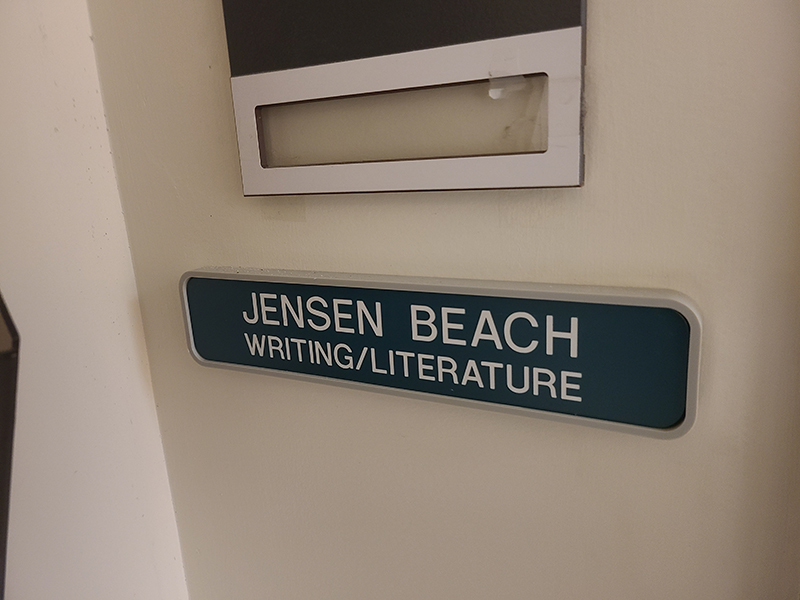An interim report updating Johnson town officials on the status of an ongoing project, Illicit Discharge Detection and Elimination (IDDE) in the Lamoille River, notes that JSC chose not to participate in the program, which is widely regarded as instrumental in eliminating sources of pollution from entering the Lamoille watershed.
The report covers the eleven towns participating in the project, and the section concerning Johnson is brief. It begins: “Illicit discharge detection in Johnson was performed in October, 2012. All mapped municipal drainage systems were assessed; however, Johnson State College was not interested in participating in the project.”
According to the report: “The goal of the Lamoille River Basin (IDDE) project is to improve water quality by identifying and eliminating contaminated, non-stormwater discharges entering stormwater drainage systems and discharging to the Lamoille River and its tributaries.”
JSC’s dean of administration, Sharron Scott, said not volunteering for testing was a matter of timing most of all. “Our understanding is that it was a pilot,” Scott said. “And, we like to let the bugs get worked out with other people first and then have a little more streamlined process when they come to work with us.”
Jim Pease, an environmental scientist who has worked at the Vermont Department of Environmental Conservation (VDEC) for about 20 years and whose name is on the report, explains in an email interview that the program is optional, focusing on identifying and correcting illicit discharges rather than necessarily code enforcement.
“All towns or institutions have a choice,” said Pease. “We are a voluntary program. We need the cooperation of the town [or] institution to both map the system and to test it. That said if we suspect a problem we can go ahead and test it or require the entity test it but, we have no evidence to date to suspect anything at JSC.”
The entity being tested also has to help the VDEC locate all its outfalls, pipes which channel stormwater into waterways, and Scott cited the looming possibility of cost over-runs in trying to locate JSC’s outfalls as another reason JSC chose not to be tested.
Asked if JSC would participate in the next IDDE program, Scott said, “Absolutely. There’d be no reason for us not to, but right now, just given the number of things that we have on the Physical Plant’s plate right now, just having one more activity for them to do at this time doesn’t really make a lot of sense.”
Pease says the window might have closed. “I am looking to see if we could still test JSC in the current round of testing,” said Pease. “It is not likely we would come back, but we could if necessary. We have not yet done Stowe…”
Asked to clarify, Pease explained: “It’s easier to do towns in groups and Stowe is close to JSC.” Stowe’s waters enter the Winooski River watershed.
Pease also noted that his department has a map of JSC’s outfalls and that the testing cost is covered by the DEC. “However, if a problem is found it is up to JSC to fix it at their cost,” said Pease.



